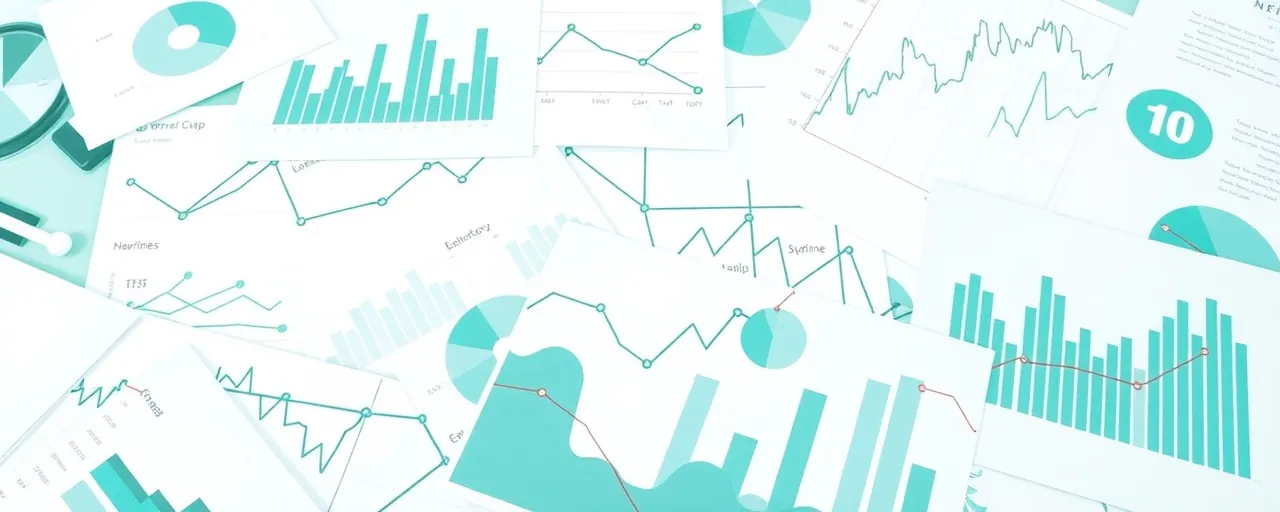A Shaky Snapshot of the Economy
When the U.S. government reported a 0.3% contraction in first-quarter 2025 GDP, markets flinched. Stocks tumbled, with the S&P 500 dropping 1.7% and the Dow shedding 1.5% in a single day. The figure, tied largely to a surge in imports ahead of new tariffs, painted a grim picture. But economists quickly cautioned that the number might not hold. Revisions to GDP data, a routine part of the process, are expected, and some, like former White House economic adviser Kevin Hassett, predict significant adjustments.
These revisions are more than statistical fine-tuning. They ripple through financial markets, shape policy decisions, and fuel public debates about the economy’s health. In 2025, with trade policies shifting and political tensions high, the stakes feel sharper. The U.S. economy, now heavily tilted toward services and digital goods, is harder to measure than ever, and the data’s reliability is under scrutiny.
For everyday Americans, the numbers translate into real-world impacts: job prospects, loan rates, or the cost of groceries. Yet the complexity of GDP and its revisions often leaves people puzzled. Why do these figures change, and what do they mean for the future? The answers lie in a mix of technical challenges, economic volatility, and growing political pressures.
The Mechanics of Measuring GDP
Calculating GDP, the total value of goods and services produced in the U.S., is a massive undertaking. The Bureau of Economic Analysis (BEA) relies on surveys, tax data, and trade reports, but initial estimates often come from incomplete datasets. As more information trickles in, revisions follow, sometimes shifting the narrative. The 2025 first-quarter contraction, for instance, was skewed by businesses stockpiling imports to dodge tariffs, a temporary blip likely to be smoothed out in later reports.
Today’s economy adds layers of difficulty. Digital platforms, gig work, and intangible assets like software defy traditional measurement. Declining survey response rates and budget cuts at statistical agencies further cloud the picture. The BEA and other agencies are adapting, but rapid technological change and globalization keep them playing catch-up. These hurdles mean initial GDP figures are often more of a rough sketch than a final portrait.
Revisions, while necessary, can spark confusion. A study by the American Statistical Association noted that large revisions to jobs and GDP data have previously misled markets, leading to flawed investments. With 2025 growth forecasts already trimmed to 1.7-1.9% by economists, and the IMF flagging a 40% recession risk, the pressure for accurate data is intense.
Markets and Policies in Flux
When GDP numbers shift, financial markets react swiftly. The first-quarter 2025 contraction triggered a selloff, as investors recalibrated expectations. Revisions, expected later in the year, could either calm or inflame these jitters. For the Federal Reserve, which sets interest rates, preliminary data can lead to tricky calls. Acting on early figures risks ‘policy regret’ if revisions later tell a different story.
The public feels these ripples too. A revised GDP figure might signal stronger growth, easing fears about layoffs, or it could confirm a slowdown, tightening budgets. Yet the uncertainty frustrates businesses and consumers alike. Economists urge policymakers to lean less on volatile early data and focus on longer-term trends, but in a fast-moving economy, patience is scarce.
A Political Lightning Rod
Economic data has always carried political weight, but in 2025, the debate is fiercer. The Trump administration’s proposal to exclude government spending from GDP calculations has split opinions. Supporters argue it would better reflect private sector vitality, while opponents, including many economists, warn it could obscure the impact of public investments or spending cuts. The move breaks from global standards, raising fears of data manipulation to shape public perception.
The disbanding of independent advisory committees at statistical agencies has deepened mistrust. Former officials and business leaders stress that impartial data is vital for credibility in global markets. If trust erodes, the U.S. risks losing its edge as a reliable economic benchmark, with consequences for trade, investment, and policy debates.
Balancing Trust and Transparency
The U.S. statistical system, staffed by career professionals, is still a global gold standard, but it’s not infallible. Budget constraints, staffing shortages, and political pressures threaten its edge. The American Statistical Association warns of a looming data reliability crisis without urgent investment and oversight. For now, agencies like the BEA remain committed to rigor, but the system’s resilience is being tested.
Revisions will continue to shape how we see the economy, and 2025’s GDP adjustments will likely clarify whether the first-quarter dip was a quirk or a warning. What’s clear is the need for transparency. Clear communication about data limitations, coupled with robust, independent methods, can help anchor public trust amid economic and political storms.
